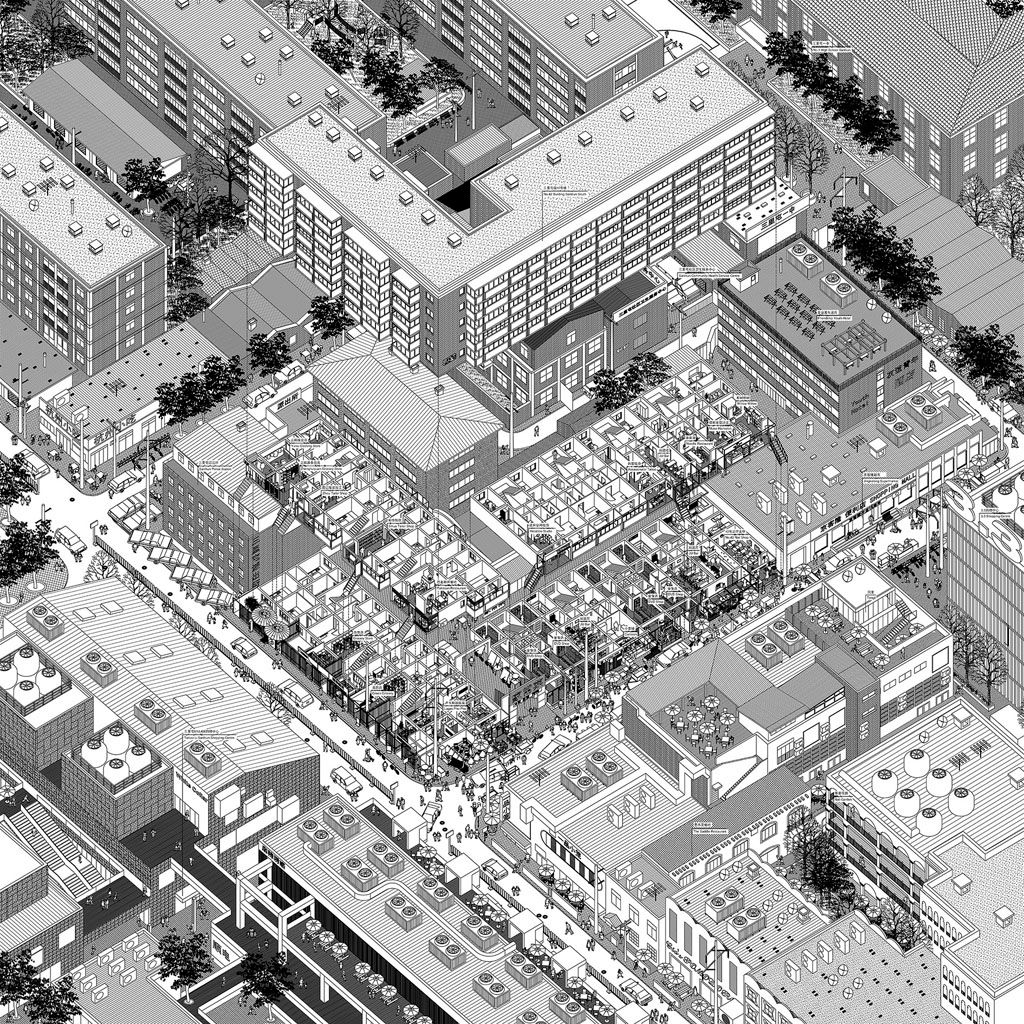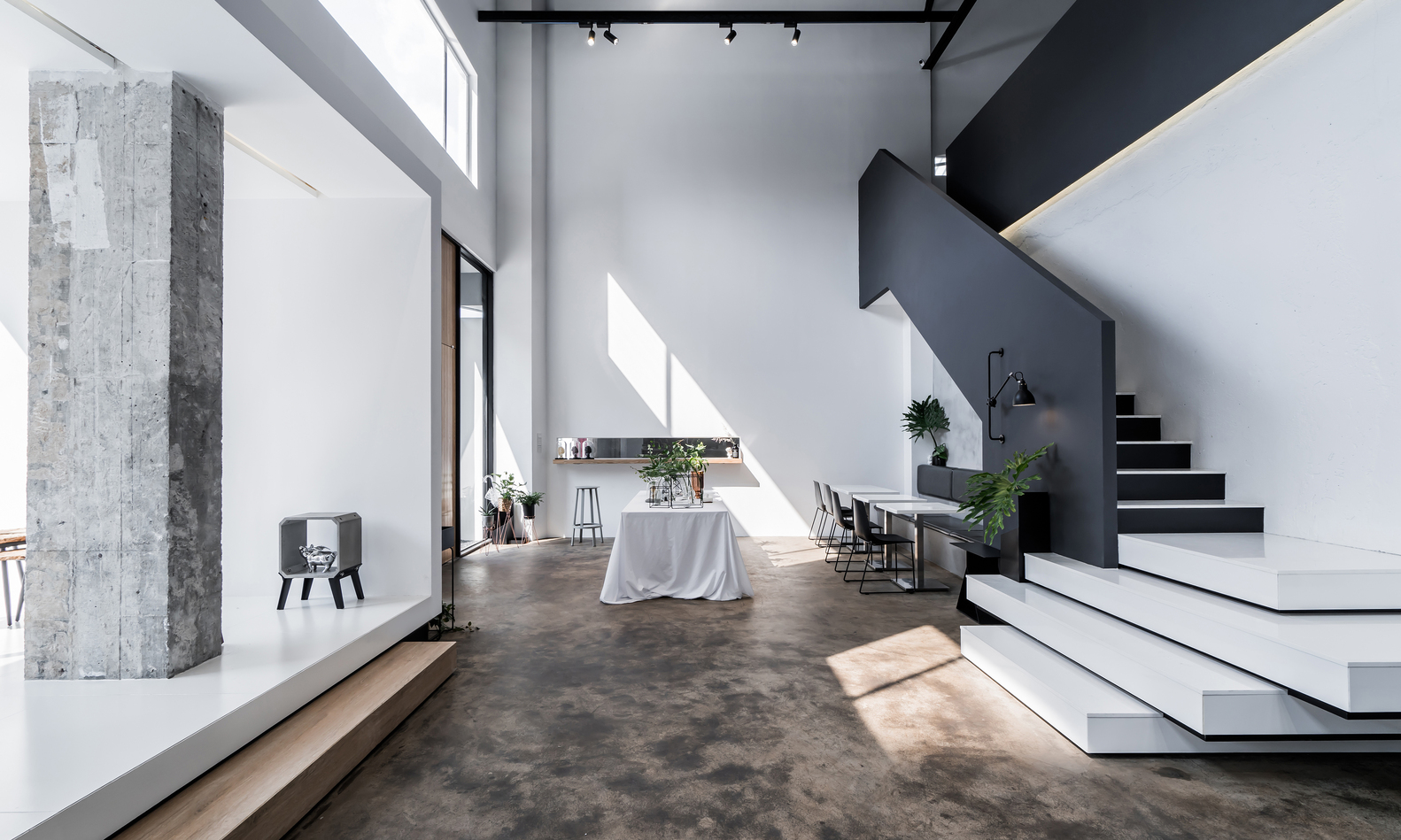- home
- Articles
- Architectural Portfolio
- presentation
- Architecture News
- visualization
- Freelance Architecture
- Schooling
- Facade Design
- Parametric Design
- Landscape Architecture
- Construction
- Interior Design
- Facade Design
- Schooling
- Artificial Intelligence
- sketching
- Design Softwares
- diagrams
- writing
- Architectural Tips
- Roofing
- sustainability
- courses
- concept
- technology
- projects
- visualization
- Competitions
- Store
- Contact
- My account
- home
- Articles
- Architectural Portfolio
- presentation
- Architecture News
- visualization
- Freelance Architecture
- Schooling
- Facade Design
- Parametric Design
- Landscape Architecture
- Construction
- Interior Design
- Facade Design
- Schooling
- Artificial Intelligence
- sketching
- Design Softwares
- diagrams
- writing
- Architectural Tips
- Roofing
- sustainability
- courses
- concept
- technology
- projects
- visualization
- Competitions
- Store
- Contact
- My account

Guide to Creating Effective Architectural Presentations
As an architect, presenting your work is an essential part of your profession. A well-crafted architectural presentation can help you communicate your design ideas and concepts to clients, colleagues, and stakeholders effectively. It can also help you showcase your creativity, problem-solving skills, and attention to detail. In this guide, we will outline some tips and best practices for creating effective architectural presentations.
Define your objective:
Before starting your presentation, you need to define your objective. What message do you want to convey? Who is your audience? What do you want them to take away from your presentation? These are essential questions that you need to answer to ensure your presentation is effective.
Know your audience:
Knowing your audience is crucial to creating an effective architectural presentation. Different stakeholders may have different levels of knowledge, interest, and expertise in architecture. You need to tailor your presentation to their needs and expectations.
For example, if you are presenting to a non-technical audience, you may need to explain technical terms and concepts in simpler terms. Conversely, if you are presenting to a technical audience, you may need to provide more detailed information and use more technical terms.

Create a clear structure:
A well-structured presentation can help your audience follow your ideas and understand your concepts better. Start with an introduction that outlines your objective and sets the context for your presentation. Follow with the main body, where you can present your ideas and concepts in a logical sequence. Finally, end with a conclusion that summarizes your main points and highlights the key takeaways.
Use visual aids:
Visual aids such as images, diagrams, sketches, and videos can help you illustrate your ideas and make them more engaging for your audience. You can use them to show your design process, highlight key features, and explain technical details.

Ensure your visual aids are of high quality and relevant to your presentation. Use a consistent style and format to make your presentation look professional and cohesive.
Practice and rehearse:
Practice and rehearse your presentation before the actual event. This will help you identify any issues with your structure, flow, or timing. It will also help you build confidence and deliver your presentation more smoothly.
Use storytelling:
Storytelling can be a powerful tool for creating an emotional connection with your audience. You can use storytelling to describe your design process, explain your design choices, and highlight the benefits of your design for the end-users.

Be confident and engaging:
Finally, be confident and engaging during your presentation. Speak clearly and loudly, maintain eye contact with your audience, and use body language to emphasize your points. Engage your audience by asking questions, encouraging discussion, and providing examples.
In conclusion, creating an effective architectural presentation requires careful planning, attention to detail, and effective communication skills. By following these tips and best practices, you can create a presentation that engages your audience, communicates your ideas effectively, and showcases your design expertise.
Visual Aids for Architectural Presentations
Visual aids can be a powerful tool to help communicate complex design concepts and ideas. Here are some options to consider when selecting visual aids for your presentation:
Images
Photographs, renderings, and other visual representations of your design can help your audience better understand your ideas. Make sure the images you use are high quality and visually appealing. You can also use images to illustrate the context of your design, such as the site location or surrounding environment.
Sketches and Drawings
Hand-drawn sketches and drawings can add a personal touch to your presentation and convey a sense of authenticity. You can use sketches and drawings to illustrate your design process or to highlight specific design elements.
Diagrams
Diagrams can help simplify complex concepts and make them more accessible to your audience. Use diagrams to illustrate the relationship between different elements of your design or to show how your design addresses specific design challenges.

3D Models and Virtual Reality
3D models and virtual reality can help your audience visualize your design in a more immersive way. This can be particularly helpful for complex designs or designs with unique spatial qualities.
Videos and Animations
Videos and animations can help bring your design to life and show how it functions in real-time. You can use videos and animations to illustrate design features, such as lighting or circulation, or to show how your design responds to different environmental conditions.
When selecting visual aids, it’s important to consider what will be most effective for your specific presentation and audience. To be original, consider creating custom visual aids that reflect your design style and approach. For example, you could create hand-drawn illustrations that showcase your unique design process, or use creative techniques like collage or mixed media to illustrate your ideas in a visually engaging way. Whatever you choose, make sure your visual aids are relevant, high quality, and effectively communicate your design concepts.

Submit your architectural projects
Follow these steps for submission your project. Submission FormLatest Posts
Transforming Spaces: The Rise of Comfort Focused Design for Better Living and Productivity
Discover the transformative power of comfort-focused design in our fast-paced world. This...
Creating the Perfect Atmosphere in Architecture: Design for Better Spaces
Discover the profound impact of atmosphere in architecture beyond mere aesthetics. This...
Super Sacks vs. Rigid Containers: Which Bulk Storage Solution Is Right for You?
When you’re managing large volumes of materials, your container choice can make...
Achieving Softness and Clarity in Design for Exceptional User Experience
Discover how to elevate your designs through the perfect balance of softness...












Leave a comment